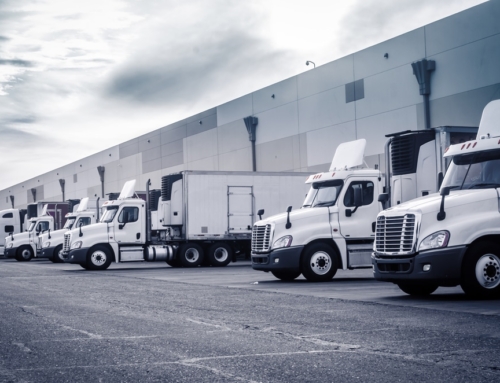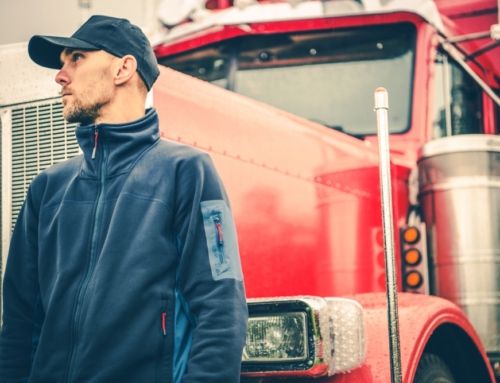Understanding Unconventional Loads
Unconventional loads are anything but typical. These are the oversized, oddly shaped, or uniquely heavy items that don’t fit neatly into standard shipping guidelines. Think wind turbine blades, industrial tanks, heavy machinery, or even prefabricated structures. They often require special equipment, routing, and—most importantly—an unwavering commitment to safety.
What Makes a Load ‘Unconventional’?
Oversized Dimensions
Loads that exceed standard legal dimensions for width, height, or length.
Unusual Shapes
Items that lack uniform weight distribution or are difficult to secure with standard tie-downs.
Specialized Handling
Cargo requiring cranes, escorts, or permits for transport due to fragility or risk factors.
Why Flatbed Transport Safety Matters
When it comes to flatbed hauling, there’s no protective box around your cargo—just straps, chains, and experience. That’s why flatbed transport safety isn’t optional—it’s mission-critical. One misstep can lead to disastrous consequences on the road, including load shifts, tip-overs, and legal penalties.
Key Safety Considerations for Flatbed Transporting Unconventional Loads
Weight Distribution
Uneven loads increase the risk of tipping. Distribute weight strategically to maintain a low center of gravity and even axle load.
Securing the Load
Use the right combination of chains, straps, and edge protectors. Consider redundant securing systems when possible.
Permits & Regulations
Oversize or overweight loads often require permits and compliance with route-specific restrictions.
Driver Expertise
Handling unconventional loads demands experienced drivers trained in specific safety protocols and emergency procedures.
Steps to Safely Transport Unconventional Loads
Perform a Pre-Trip Load Analysis
Assess load type, dimensions, weight, and center of gravity. Consider weather conditions and route terrain.
Plan Your Route
Coordinate with state and local authorities. Identify potential obstacles such as low bridges, sharp turns, or construction zones.
Use the Right Equipment
Make sure your trailer matches the cargo. For unusually shaped or tall items, gooseneck or step-deck trailers might be more appropriate.
Secure the Load Properly
Follow FMCSA guidelines for tie-downs, taking extra care for loads with multiple contact points or pressure-sensitive areas.
Conduct Regular Inspections
Check securing mechanisms every 50 miles and at every stop. Look for tension changes or shifting.
Tools & Technologies That Improve Safety
- Load Securement Software: Ensures compliance with tie-down regulations.
- GPS & Route Management: Offers real-time rerouting and traffic updates.
- Sensor-Equipped Straps & Chains: Alert drivers of tension loss during transit.
- Dash Cams & Telematics: Monitor driver behavior and provide real-time alerts.
Best Practices to Keep in Mind
- Train your drivers regularly on unconventional load transport.
- Use redundant securing methods—better safe than sorry.
- Always document inspections and securement checks.
- Keep an emergency load redistribution plan in place.
Common Mistakes to Avoid
- Rushing the securing process.
- Ignoring route height/weight restrictions.
- Over-relying on a single securing method.
- Neglecting equipment inspections before loading.
The Role of Flatbed Trucking Experts
Partnering with an experienced carrier like Double D Distribution gives you access to the professionalism and preparedness that unconventional loads require. Our team of drivers, planners, and safety personnel knows how to move even the most complex freight with precision.
We specialize in Flatbed Trucking solutions for complex cargo, ensuring safety and compliance every mile of the journey.
Why Safety Is Everything in Flatbed Hauling
Unconventional loads don’t forgive mistakes. A poorly secured wind turbine blade or unbalanced machine part can quickly become a highway hazard. That’s why safety isn’t just a feature—it’s the foundation.
At Double D Distribution, safety drives everything we do. From route planning to driver training, we operate with one goal in mind: getting the load—and everyone around it—safely to the destination.
Conclusion
Transporting unconventional loads on flatbeds takes more than horsepower and straps—it takes smart planning, constant vigilance, and a deep respect for safety protocols. When you’re hauling the extraordinary, you can’t afford ordinary mistakes.
Whether you’re shipping oversized equipment or navigating compliance red tape, trust Double D Distribution to deliver. We take pride in our experience, our team, and our unwavering focus on flatbed transport safety.






